Key Considerations for Screw Pile Installation for Docks and Boathouses
Thinking about building a dock or boathouse? It’s an exciting project that can add immense value to your waterfront property.
But before you start dreaming about sunsets and boat rides, there’s one thing you can’t overlook: the foundation.
And when it comes to waterfront structures, screw piers are a top choice.
They’re strong, durable, and perfect for handling the unique challenges of coastal areas.
Let’s talk about what you need to know to get it right.
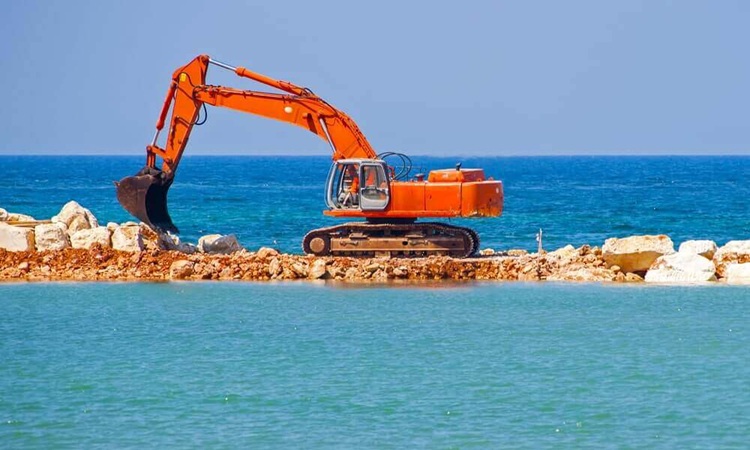
Why Blade Pile Screw Piles Are Perfect for Waterfront Projects
Waterfront construction isn’t exactly a walk in the park. You’ve got shifting soils, saltwater exposure, and the constant push and pull of tides to deal with. Screw piles for docks or boathouses are built to handle all of that.
Made from high-quality steel, they’re twisted into the ground to create a rock-solid foundation that can withstand the elements.
Whether you’re building a place to dock your boat or somewhere to store your gear, coastal area screw piles are reliable and cost-effective.
They’re quick to install, require minimal excavation, and can be adjusted or removed if needed.
Plus, they’re a great alternative to traditional concrete piers, especially in areas where the soil is less than cooperative.
Installing Screw Piles on Waterfront Project
Site Assessment
First things first—you need to know what you’re working with. Coastal areas can vary a lot in terms of soil type, water depth, and environmental conditions. A professional site assessment will help you understand the specific challenges of your location and ensure your docks screw piles are installed correctly.
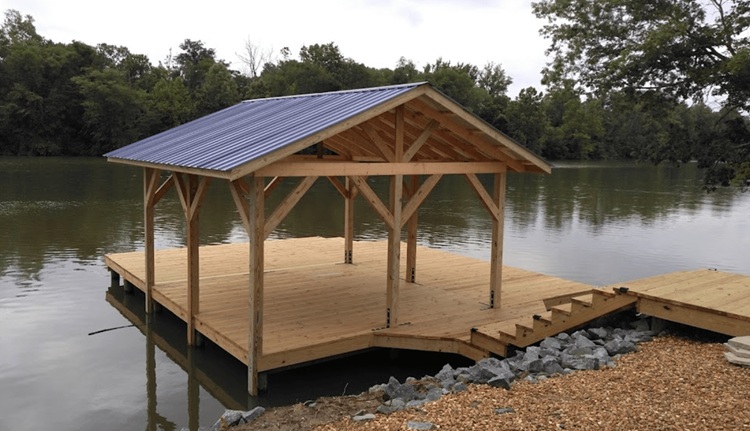
Soil Conditions
The type of soil you’re dealing with is a big deal. Boathouse screw piles are versatile and can handle everything from sandy soils to clay, but the design and installation process might need to be tweaked based on what’s underfoot. For example, sandy soils might require longer piles, while clay soils could need a different helix design.
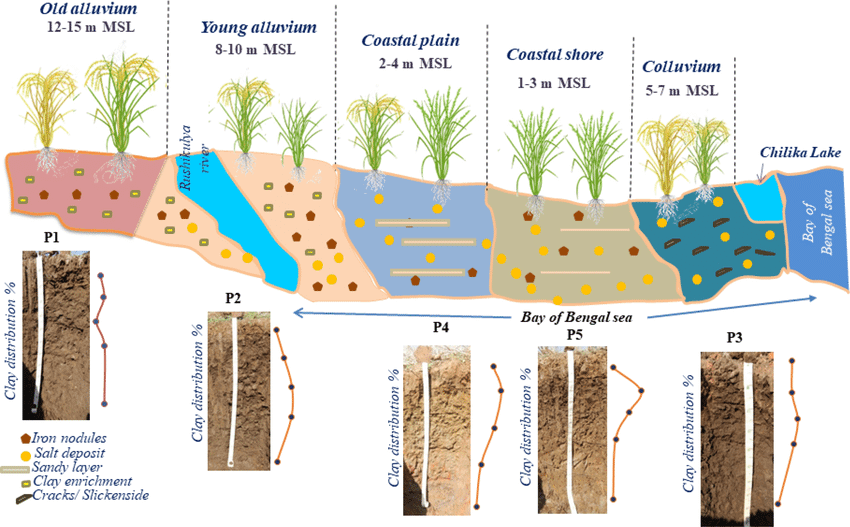
Environmental Regulations
Using screw pilings in coastal areas often comes with a laundry list of environmental regulations. These rules are there to protect the ecosystem, so it’s important to work with a team that knows the local requirements. A good screw pile installation service like the Blade Pile team will help you navigate these regulations and keep your project on the right side of the law.
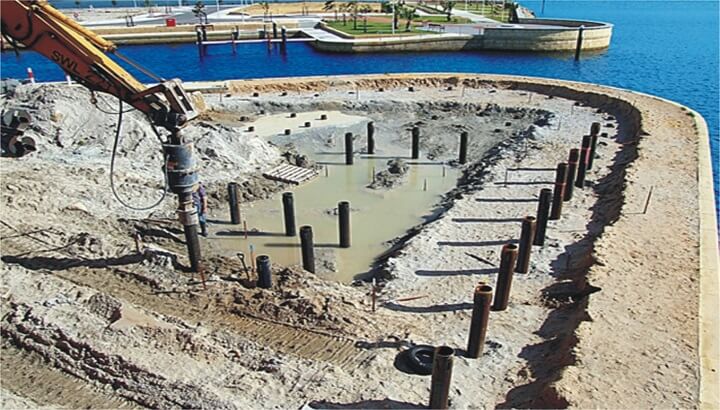
Pile Design and Material Selection
Not all dock screw piles are the same.
For waterfront projects, you’ll need piles made from corrosion-resistant materials like galvanised or epoxy-coated steel.
This ensures they can handle the saltwater exposure without rusting or breaking down over time. The design of the piles—like the size and number of helices—should also be customised to your project.
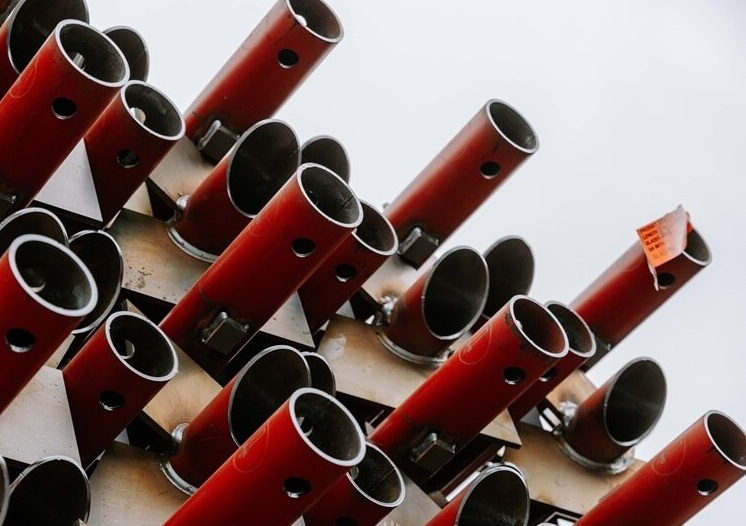
Structural Stability and Long-Term Performance
Once your boathouse screw piles are in place, you want to know they’ll last. Proper installation and design are crucial for ensuring long-term stability.
Regular maintenance, like checking for corrosion or shifting, can also help extend the life of your foundation.
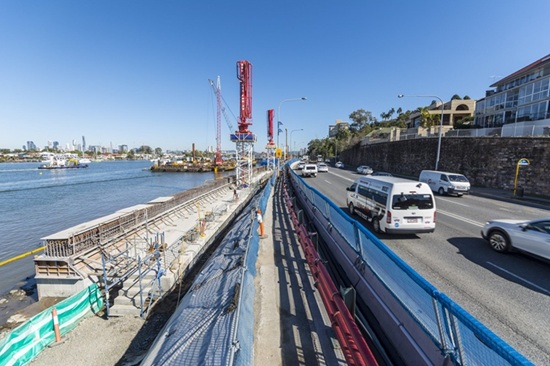
Docks and Boathouses: Why Screw Piles?
One of the best things about screw piles in coastal areas is how fast they can be installed.
Unlike concrete piers, which need time to cure, screw piles are ready to go as soon as they’re in the ground.
This means your project can move forward without unnecessary delays.
Similarly to a screw pile foundation for houses, screw piles are also a more eco-friendly option compared to traditional foundations.
They don’t require extensive excavation, which means less disruption to the surrounding environment.
Plus, they can be removed or reused if needed, making them a sustainable choice for waterfront projects.
When you factor in the speed of installation and the reduced need for heavy equipment, boathouse screw piling often comes out as the more affordable option.
They’re also low-maintenance, which can save you money in the long run.
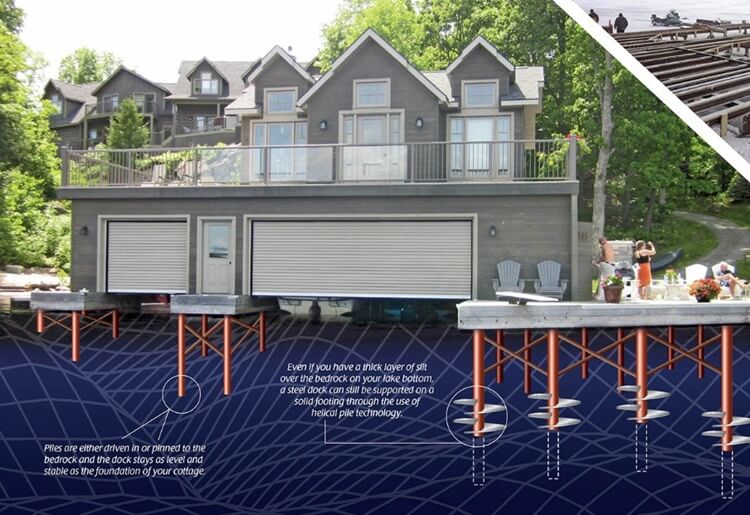
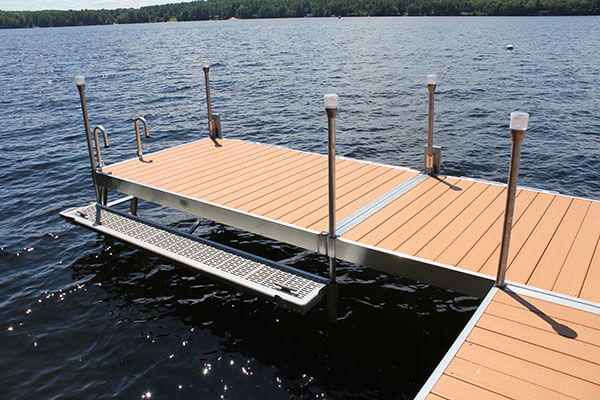
Coastal Area Screw Piles vs Concrete Piers: Which Is Better?
It’s an age-old question—should you go with screw piles or concrete piers for your dock or boathouse?
Much like the home screw piles vs concrete footing debate, both have their pros and cons, but screw piles often come out on top for waterfront projects.
They’re more adaptable to challenging soil conditions, easier to install, and better suited to coastal environments.
Coastal Area Screw Piles
They’re more adaptable to challenging soil conditions, easier to install, and better suited to coastal environments.
Concrete Piers
That said, concrete piers can be a good option for very heavy structures or areas with extremely stable soil. If you’re unsure which is best for your project, it’s worth talking to a professional who can help you weigh the options.
Tips for a Successful Boathouse or Dock Screw Piling Installation
- Work with Experts: Installing screw piles in coastal areas requires knowledge and equipment. Look for a team like Blade Pile to ensure your project is done right. If you need screw piling for boathouses or screw piles for sheds, we’re your go-to.
- Plan for Maintenance: While screw piles are low-maintenance, it’s still a good idea to check them regularly for signs of corrosion or shifting.
- Think Long-Term: Consider how your dock or boathouse functions over time. A well-designed foundation will save you headaches down the road.
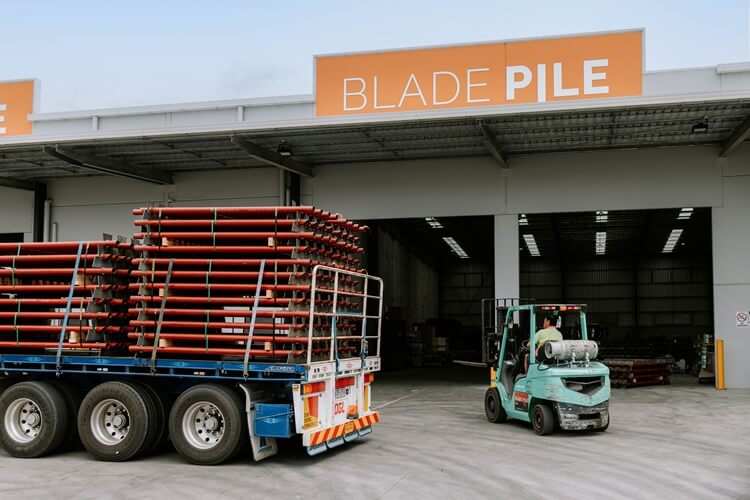
Our Final Say
Building a dock or boathouse is a big project, but with the right foundation, it doesn’t have to be a stressful one. Screw piles offer a reliable, cost-effective, and eco-friendly solution for waterfront structures, making them a popular choice. So what are you waiting for? Get building with Blade Pile.
Contact
Blade Pile


NSW Master Distributor – Solid Metal Piling
41 Topham Road, Smeaton Grange NSW 2567
TAS Master Distributor – Channel Earthmoving
Contact Us !

In his capacity as National Manager, Josh spearheads Blade Pile Group’s business development and growth into new markets.
Since joining the organisation in 2018, Josh has brought a diverse knowledge base and bank of experience in construction, business management, logistics and team leadership to the Blade Pile Group.
